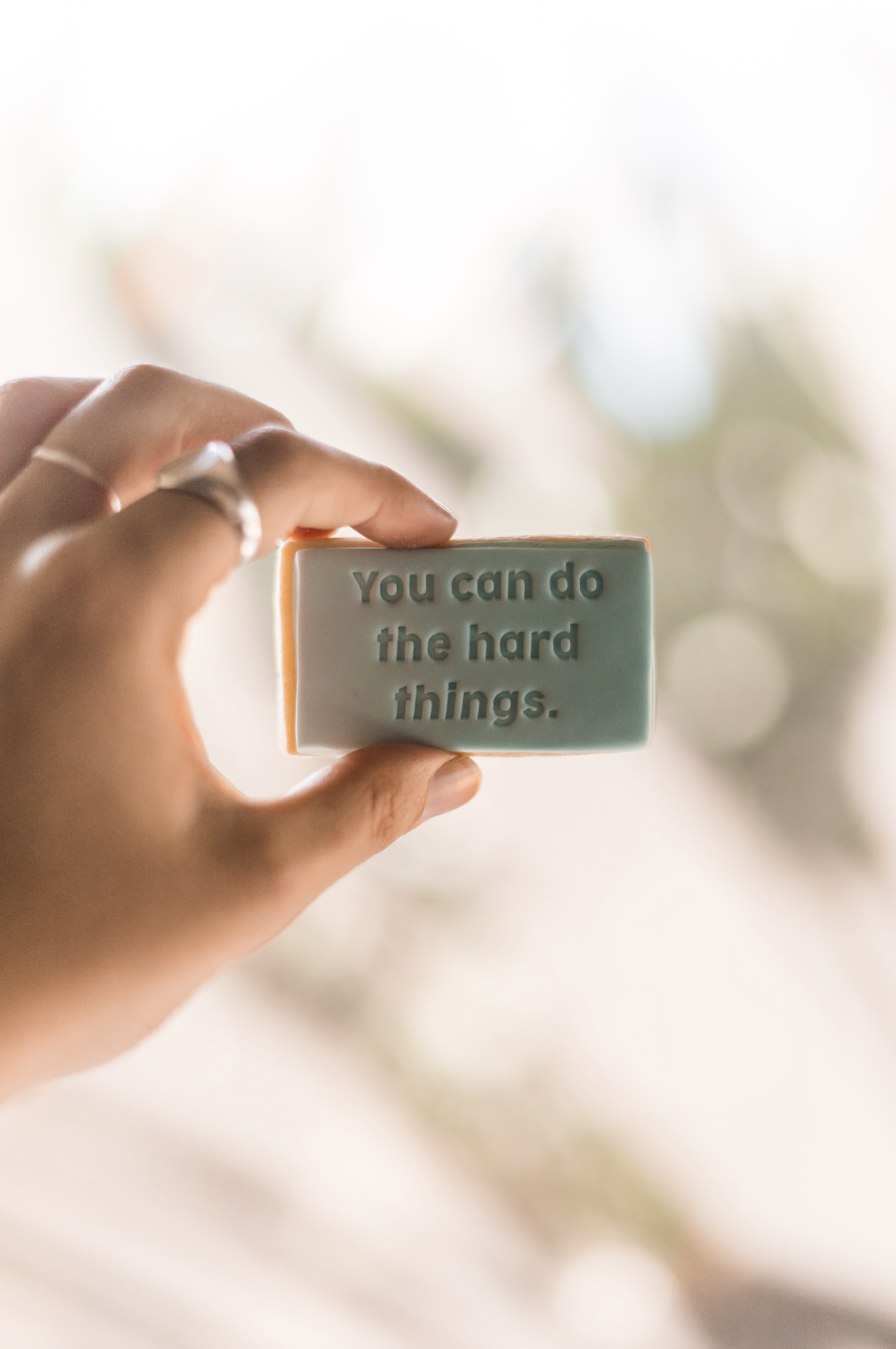When a Client Was on My Case about My Face
One thing I’ve gained from nearly two years of seeing myself on Zoom and Teams video meetings is that I’m starting to truly understand how others see me. My eye contact, facial expressions, and other non-verbals have all been on display to me daily!
Have you noticed anything as you’ve watched yourself during video meetings?
I have. I notice that I smile a lot. Especially when I’m nervous.

For years, people have told me that I smile a lot. Often, it’s been a compliment. But sometimes, people have looked at me quizzically and said, “Why do you smile so much? Are you always that happy?”
Early in the pandemic, one very honest person gave me feedback (that I received through her colleague) that I looked “salesy” because I smiled so much.
Ouch.
The truth is, I do generally have a genuinely positive disposition. But…I also tend to smile a lot when I’m nervous or when I’m:
- Feeling uncomfortable
- Wanting someone to like me
- Sensing tension in an interaction
How do your facial expressions and non-verbals change when you’re anxious? Maybe you:
- Appear overly serious
- Laugh
- Smirk
- Look away
- Sigh
- Frown
- Scowl
If you watch yourself on Zoom or Teams enough, you’ll see it. Something will change in your eyes and mouth when you’re anxious.
For me, it’s smiling. Let’s take a closer look at…
The Good and Bad of Smiling
Smiling can be very helpful in many instances. In his landmark book “How to Win Friends and Influence People,” Dale Carnegie spent an entire chapter on the importance of genuinely smiling. Research in neuroscience and psychology has affirmed this fact: Mirror neurons in our brain naturally imitate others, so smiling may cause others to smile more in return. What’s more, smiling causes the brain to release endorphins that fight off stress and improve our mood!
So smiling is a really good thing.
But alas, as with so many good things, too much of it can cause challenges.
One challenge is exhaustion. According to one study, holding a surface-level emotional expression can lead to higher stress, emotional fatigue, and decreased job satisfaction. In other words, it’s tiring to constantly try to appear to others the way you think they want you to appear.
Constantly trying to look pleasant and happy can also reduce trust. Amy Edmondson, Harvard professor and author of “The Fearless Organization,” explains that people don’t primarily build trust by being nice to others. Authenticity and transparency in relationships derives from candor, admission of your flaws, and open-mindedness.
That doesn’t mean you or I should give up on smiling! Here are some great times to smile::
- When you’re feeling empathetic, optimistic, or grateful. Operating in flawed teams, organizations, and relationships, we could all strive for more empathy, optimism, and gratitude—and to show those feelings on our face. Cultivating these genuine thoughts and feelings should lead to genuine facial expressions that remind ourselves and others what matters most.
- When you’re managing your anxiety. It’s important to be aware of whether you’re expressing something out of anxiety or integrity. In those moments of discomfort, tension, and insecurity, before smiling, laughing, averting your eyes, fidgeting, or nervously talking, just breathe. Remember who you are and what’s most important. Then smile as a non-anxious presence.
- When you’re wanting to signal that you’re safe. When someone takes a risk, they look for signals on your face that they won’t be rejected by you. If they make an appropriate joke, share something personal, or get excited, you can reassure them with a smile that they are accepted. The key is to return to a neutral facial expression after the signal has been sent or the signal may lose its strength.
Especially when you or others are feeling a bit anxious, non-verbal signals really matter! That’s a deep dive into one of the facial expressions that could make an impact on trust and connection with others.
Virtual meetings allow us to see how we’re coming across to others in different types of interactions. What have you learned from seeing yourself constantly on video meetings and how could you make your expressions even more impactful?









Comments are closed here.